Description
Squash Uchiki Kuri
Squash Uchiki Kuri. A bright and colourful Japanese Hubbard-type squash that has very attractive orange-red skin. The yellow and creamy flesh is firm, very sweet and nutty. The plant grows vigorously in warm weather and you should water well during growth and whilst fruits swell. A very productive variety producing, fruits of around 2-3 lbs at 7?x7? in size that store well into winter.
Cultivation Advice
- Uchiki Kuri squash is a warm-season crop. Start seeds indoors 3-4 weeks before the last expected frost or sow seeds directly in the garden after the danger of frost has passed.
- Choose a sunny location with well-draining soil.
- Amend the soil with compost or well-rotted manure to improve fertility and drainage.
- Uchiki Kuri squash prefers slightly acidic to neutral soil with a pH between 6.0 and 7.0.
- Plant seeds or seedlings in hills or rows, with spacing of about 3 to 4 feet between plants. Each hill can have 2-3 seeds, and if more than one plant germinates, thin to the strongest seedling.
- Keep the soil consistently moist, especially during the flowering and fruiting stages.
- Water at the base of the plant to prevent water on the leaves, reducing the risk of fungal diseases.
- Apply a layer of organic mulch around the plants to conserve moisture, suppress weeds, and maintain a more even soil temperature.
- Fertilize with a balanced, all-purpose fertilizer at planting time and then again when the vines start to develop.
- Avoid excessive nitrogen, as this can promote excessive foliage growth at the expense of fruit development.
- Uchiki Kuri squash plants can have trailing vines. Providing support, such as a trellis or a sturdy fence, can help keep the fruits off the ground and save space in the garden.
- Uchiki Kuri squash plants produce both male and female flowers. Bees are the primary pollinators, so encourage pollinator activity in your garden.
- Keep an eye out for common garden pests such as aphids and squash bugs. Handpick or use insecticidal soap for control.
- Companion planting with herbs like basil can help deter pests.
- Harvest Uchiki Kuri squash when the fruits reach their mature size, usually around 5-7 pounds.
- Cut the squash from the vine, leaving a short stem attached.
- Rotate crops each year to reduce the risk of soil-borne diseases.
- Provide good air circulation by spacing plants adequately and pruning excess foliage.
- Plant companion crops that can help deter pests and enhance the overall health of the garden. Marigolds and nasturtiums are examples of companion plants for squash.
- Consider succession planting to stagger harvest times and extend your Uchiki Kuri squash harvest throughout the season.
- Uchiki Kuri squash is a winter squash, so it’s best planted during the warm season. Ensure the soil temperature has warmed up before planting seeds or seedlings.
- In regions with intense summer heat, providing partial shade during the hottest part of the day can prevent stress on the plants.
- While Uchiki Kuri squash plants tend to have bushy growth, providing some support such as stakes or cages can help keep the vines organized and make harvesting easier.
- Use organic mulch, such as straw or shredded leaves, to maintain soil moisture, suppress weeds, and provide insulation against temperature extremes.
- Maintain consistent watering to prevent blossom-end rot and ensure proper fruit development. Inconsistent watering can lead to quality issues with the fruits.
- Intercrop Uchiki Kuri squash with other compatible vegetables or herbs. This can maximize space and create a more diverse and resilient garden ecosystem.
- Uchiki Kuri squash can be grown in large containers if garden space is limited. Choose a container with good drainage and provide support for the vines.
- Periodically amend the soil with well-rotted compost or organic matter to replenish nutrients and improve soil structure.
- Avoid planting squash in the same location year after year to reduce the risk of soil-borne diseases and pests.
- Harvest Uchiki Kuri squash by gently twisting or cutting the fruits from the plant. Regular harvesting encourages continuous production.
- Uchiki Kuri squash has a sweet, nutty flavor and smooth texture, making it excellent for roasting, baking, soups, and purees. Explore different recipes to enjoy its unique taste.
- If there’s an abundance of male flowers, consider harvesting a few for culinary use. The female flowers are the ones that develop into fruits.
- After harvest, compost any plant residues to recycle nutrients back into the soil.


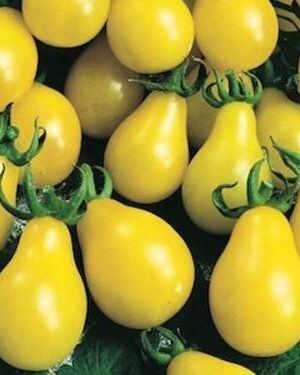
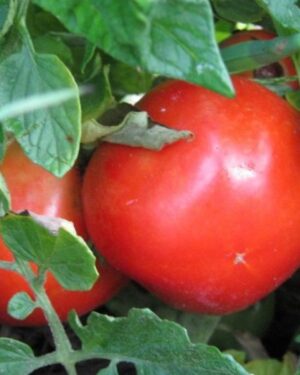
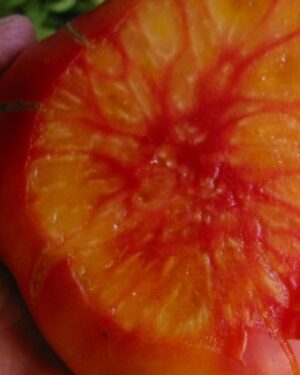
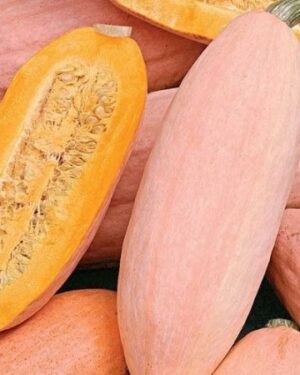
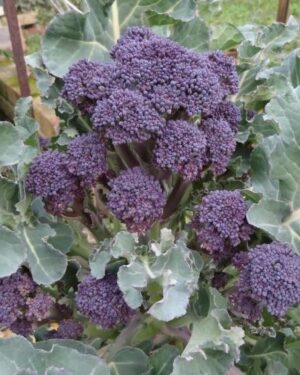
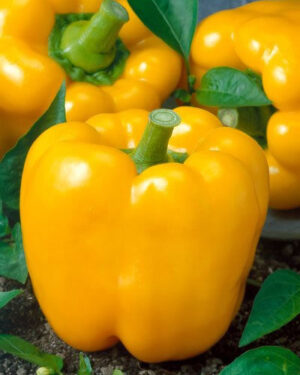

Reviews
There are no reviews yet.